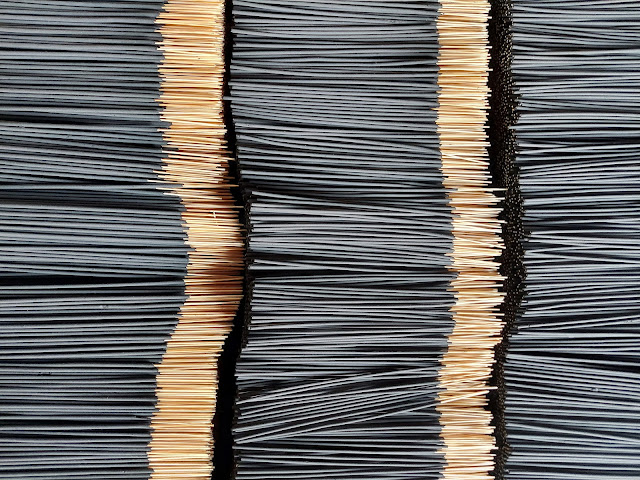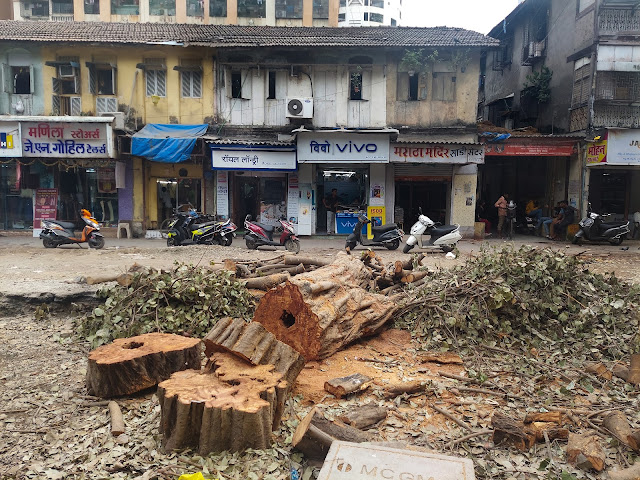This copy of hand written Qur'an is a marvellous example of not just calligraphy, but also the certain probable hierarchies of information. Notice the smaller texts of five types-
1. on top of the main text,
2. the one on the bottom of the main text
3. on the innermost border vertical (big and small)
4. the 45 degree clockwise diagonal in the middle and
5. the 45 degree anticlockwise diagonal on the outermost edge.
I need to check with a person who can read arabic to understand what form the subscripts and superscripts in this mammoth tome that has been managed purely manually.
The copy is on display at the Chhota Imambara in Lucknow and I am unsure of how old it must be, but it must be easily been 300 years old.


















































